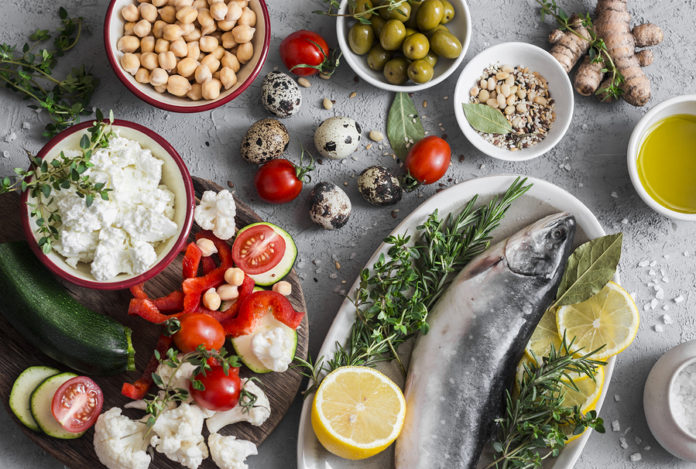
Gone are the days when meat and potatoes are on the menu seven days a week. According to the 2018 U.S. Flavor Trends Report from Mintel, ingredients spanning every corner of the globe and color of the rainbow are dominating modern cuisine.
International flavors
Flavors from across the globe are gaining traction with U.S. consumers. According to the report, Middle Eastern food seems to be the most accessible, with 66% of U.S. consumers report interest in Middle Eastern dishes in restaurants.
Foodservice professionals aren’t stopping with hummus and falafel, though. Using spice blends and spreads, American chefs are introducing consumers to flavors derived from Africa, India, and the Middle East. Getting Americans to dip their forks in international flavors is proving to be successful when starting small, with spices and condiments — 20% of U.S. diners say they’d be motivated to try an unfamiliar flavor if it is paired with a familiar format.
Colorful and functional ingredients
Monochromatic dishes are officially out of style. Today’s meals feature splashes of colors using natural, healthful ingredients. But like many of the flavor trends laid out in the report, colorful ingredients are often unfamiliar to diners. As such, foodservice professionals have to combat the wariness diners have of consuming unusual foods. Many people won’t eat something like algae just for the sake of eating algae.
To increase the chances of diners trying something new, menus and packaging should clearly state the nutritional benefit that colorful ingredients offer. Mintel’s report says that 51% of consumers are willing to try an unfamiliar ingredient if it provides a functional benefit.
Savory tastes
Today’s diners crave savory flavors. Even in the case of deserts, olive oil and homemade vinegars are gaining prominence as ingredients.
And despite meat alternatives being on the rise, consumers still seek out the savory flavors found in meat products. As a result, there’s been an increase of smoking, curing, and grilling not only meats, but also vegetables, beans, and fish.
With today’s consumers branching out from traditional American fare, it’s critical for food industry professionals to get descriptive about the ingredients they’re using. In fact, 44% of consumers say they’d be motivated to try an unfamiliar flavor if it has detailed flavor descriptions on the menu.








